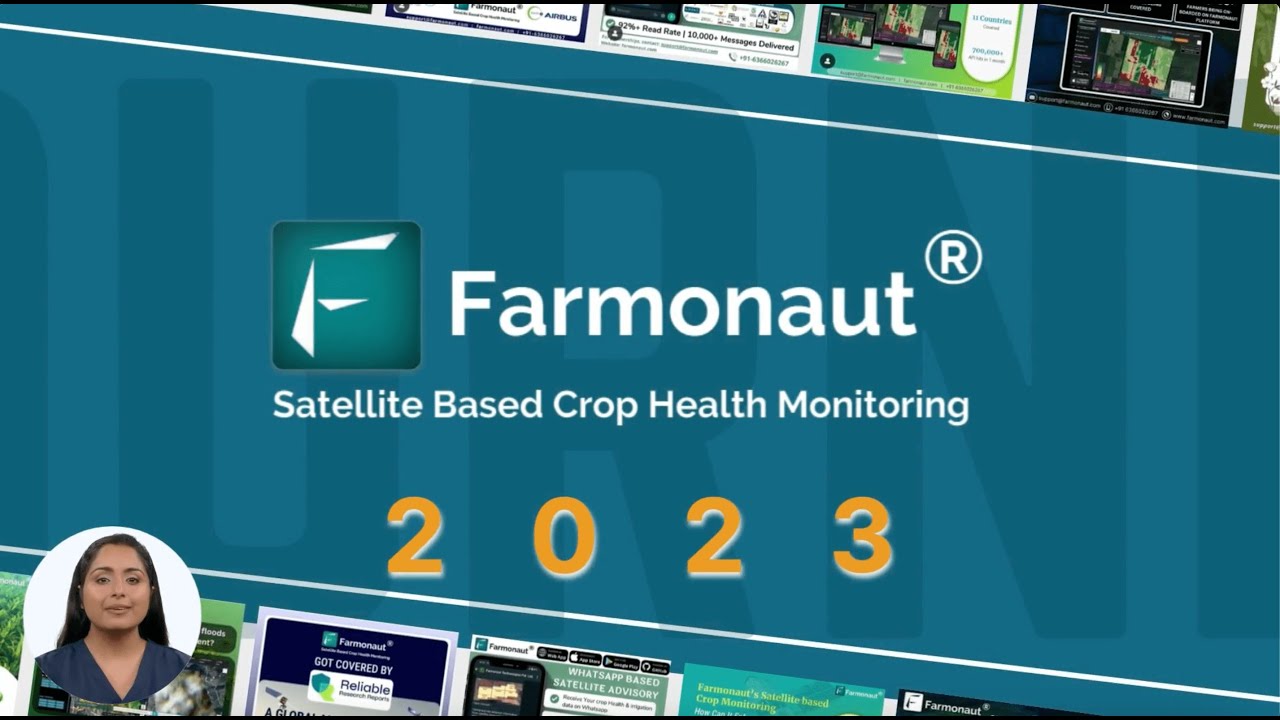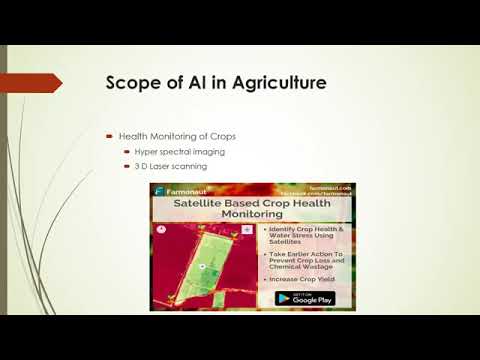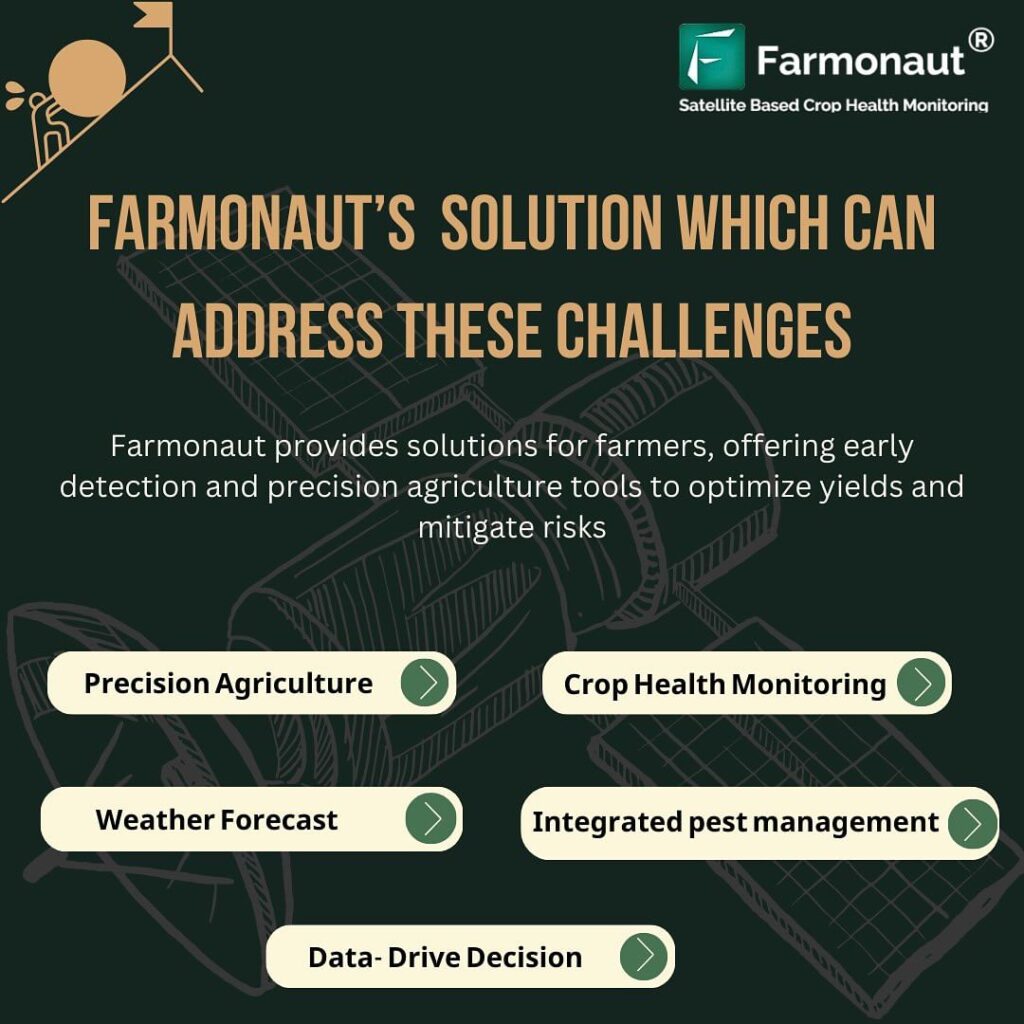Revolutionizing US Grain Exports: Austin Conference Explores Tech-Driven International Agricultural Trade Strategies
“The US Grains Council conference in Austin focused on marketing 3 key grains: corn, sorghum, and barley globally.”
In the heart of Texas, a groundbreaking conference has set the stage for a technological revolution in international agricultural trade and US grain exports. The recent gathering in Austin brought together industry leaders, policymakers, and innovators to discuss the future of global feed grain markets and shape agricultural policy development for the years to come. As we delve into the outcomes of this pivotal event, we’ll explore how cutting-edge technologies are poised to transform the landscape of grain exports and sustainable farming practices.

Cultivating the Future: A Vision for Tech-Driven Agriculture
The US Grains Council’s 22nd International Marketing Conference and 65th Annual Membership Meeting in Austin, Texas, set a new benchmark for discussing the intersection of technology and agriculture. Under the theme “Cultivate the Future,” industry experts and stakeholders converged to address the opportunities and challenges in the current trade environment.
Verity Ulibarri, chairwoman of the USGC, emphasized the importance of this gathering: “At this meeting, we gather to discuss issues facing our industry and explore future demand for feed grains, DDGS and ethanol around the world. The Council staff has taken my theme to heart — by cultivating markets for US corn, sorghum and barley from wherever they are working — whether in the Council’s Washington, DC, headquarters or in remote places around the globe and stewarding them for generations to come.”
Embracing Technology for Enhanced Agricultural Productivity
One of the key focuses of the conference was the adoption of agricultural technology to boost productivity and efficiency in grain production and exports. We’ve identified several key areas where technology is making significant impacts:
- Precision Agriculture: Utilizing satellite imagery and AI-driven analytics to optimize crop management.
- Blockchain for Supply Chain: Implementing blockchain technology for improved traceability and transparency in grain exports.
- AI-Powered Market Analysis: Leveraging artificial intelligence to predict market trends and inform export strategies.
- IoT in Farm Management: Employing Internet of Things (IoT) devices for real-time monitoring of crop health and environmental conditions.
To illustrate the transformative potential of these technologies, we’ve compiled a comparison table:
| Technology | Traditional Method | Tech-Driven Approach | Estimated Impact |
|---|---|---|---|
| Precision Agriculture | Manual field scouting and uniform application of inputs | Satellite and drone imagery for targeted resource application | 15-20% increase in yield |
| Blockchain for Supply Chain | Paper-based documentation and manual tracking | Immutable digital ledger for real-time tracking and verification | 30% reduction in administrative costs |
| AI-Powered Market Analysis | Historical data and human analysis for market predictions | Machine learning algorithms processing vast datasets for accurate forecasting | 25% improvement in export timing and pricing |
| IoT in Farm Management | Periodic manual checks of crop and field conditions | Continuous monitoring through sensors and automated alerts | 40% reduction in water usage and 10% increase in crop quality |
These advancements are not just theoretical; they’re already being implemented by forward-thinking companies in the agricultural sector. For instance, Farmonaut is at the forefront of providing satellite-based farm management solutions, making precision agriculture accessible to farmers worldwide.
International Marketing Strategies for US Grains
The conference placed significant emphasis on developing robust international marketing strategies for US grains. With the global demand for feed grains, DDGS (Dried Distillers Grains with Solubles), and ethanol on the rise, it’s crucial for US exporters to position themselves strategically in the world market.
Key strategies discussed included:
- Leveraging digital platforms for global market reach
- Customizing marketing approaches for different regions, with a focus on emerging markets
- Emphasizing the quality and sustainability of US grain products
- Utilizing data analytics to identify and target high-potential markets
These strategies are designed to enhance the competitive edge of US grains in the global marketplace, ensuring that American farmers can capitalize on international demand.
The Rise of Sustainable Agriculture Practices
Sustainable agriculture practices were a hot topic at the Austin conference, reflecting a growing global concern for environmental stewardship. Attendees discussed various approaches to reduce the environmental impact of grain production while maintaining high yields:
- Conservation tillage and no-till farming techniques
- Precision fertilizer application to reduce runoff
- Cover cropping to improve soil health
- Water conservation through advanced irrigation systems
These practices not only benefit the environment but also contribute to the long-term viability of farming operations. By adopting sustainable methods, US grain producers can meet the increasing demand for environmentally responsible products in international markets.

Ethanol Industry Trends: A Growing Market
The conference shed light on current ethanol industry trends, highlighting the growing importance of this biofuel in the global energy mix. Key points discussed included:
- Increasing demand for ethanol in emerging markets, particularly in Asia
- Technological advancements in ethanol production efficiency
- The role of ethanol in reducing greenhouse gas emissions
- Policy developments supporting ethanol use in various countries
As the world seeks cleaner energy alternatives, the US ethanol industry is well-positioned to meet this demand, creating new export opportunities for American corn producers.
“The agricultural industry is preparing for the Year of the Woman Farmer in 2026, highlighting female contributions.”
Year of the Woman Farmer: Empowering Women in Agriculture
One of the most exciting discussions at the conference centered around the upcoming Year of the Woman Farmer in 2026. This United Nations-designated year aims to recognize and celebrate the crucial role women play in agriculture worldwide.
A panel of female farmer leaders, including Jennie Schmidt, Wendy Osborn, and Verity Ulibarri, shared their perspectives on the industry and plans for next year’s celebration. Jennie Schmidt highlighted her experience on a mission hosted by the United Nations, US State Department, and Association of Southeast Asian Nations (ASEAN):
“This mission focused on the type of technology that we use on the farm and how women farmers in Indonesia and Vietnam could potentially use some of the same concepts to increase efficiency and marketing in their countries. This mission made an impact on me where I connected with women farmers in those countries and realized that we have many similarities.”
The Year of the Woman Farmer presents an opportunity to:
- Highlight the contributions of women in agriculture
- Promote gender equality in farming practices and decision-making
- Encourage the adoption of technology among women farmers
- Foster international collaboration and knowledge sharing
Southeast Asian Farming: A Focus on Technology Adoption
The conference highlighted the importance of Southeast Asian farming in the global agricultural landscape. With a focus on technology adoption, discussions centered on how US expertise could support farmers in countries like Indonesia and Vietnam.
Key areas of technological focus for Southeast Asian farming include:
- Mobile apps for farm management and market information
- Affordable precision agriculture tools
- Climate-smart agricultural practices
- Digital platforms for connecting farmers to markets
By fostering collaboration and sharing knowledge, the US grain industry can help drive agricultural development in Southeast Asia while also opening new markets for American exports.
The Role of Technology in Enhancing Global Market Efficiency
A significant portion of the conference was dedicated to exploring how technology can enhance efficiency in global markets. From blockchain-based supply chain management to AI-driven market analysis, the potential for technology to streamline international grain trade is immense.
Some of the key technologies discussed include:
- Satellite-Based Crop Monitoring: Companies like Farmonaut are revolutionizing crop health monitoring through satellite imagery, providing valuable insights to farmers and traders alike.
- Blockchain for Traceability: Implementing blockchain technology to ensure transparency and traceability in the grain supply chain, from farm to consumer.
- AI-Powered Market Predictions: Utilizing artificial intelligence to analyze vast amounts of data and predict market trends, helping exporters make informed decisions.
- IoT for Quality Control: Employing Internet of Things (IoT) devices to monitor grain quality throughout the transportation and storage process.
These technological advancements are not just improving efficiency; they’re also building trust in the global grain trade by providing unprecedented levels of transparency and reliability.
Trade Policy and Market Development: Navigating Global Challenges
The conference featured insightful discussions on trade policy and market development, crucial aspects of international grain exports. Former Minnesota Senator Norm Coleman, who served on the Senate Agriculture Committee, provided valuable perspectives on trade policy.
Key points addressed in these discussions included:
- The impact of geopolitical tensions on grain trade
- Strategies for navigating tariffs and trade barriers
- The importance of free trade agreements in facilitating exports
- Developing new markets for US grains, particularly in emerging economies
These discussions underscored the need for a proactive approach to trade policy, ensuring that US grain exports remain competitive in the global marketplace.
The Future of US Grain Exports: A Tech-Driven Perspective
As we look to the future of US grain exports, it’s clear that technology will play a pivotal role. The Austin conference has set the stage for a new era in international agricultural trade, one where data-driven decisions and innovative technologies drive growth and sustainability.
Key takeaways for the future of US grain exports include:
- Increased adoption of precision agriculture technologies to boost yields and quality
- Greater use of blockchain and IoT for supply chain transparency and efficiency
- Expansion of digital marketing strategies to reach global buyers
- Development of sustainable farming practices to meet growing consumer demand for eco-friendly products
- Continued focus on research and development to stay ahead in the global market
By embracing these technological advancements and strategic approaches, the US grain industry is well-positioned to maintain its leadership in the global market while contributing to sustainable agricultural practices worldwide.
Conclusion: A New Era for US Grain Exports
The Austin conference has undoubtedly marked the beginning of a new era for US grain exports. By bringing together industry leaders, policymakers, and innovators, it has paved the way for a tech-driven revolution in international agricultural trade.
As we move forward, the integration of cutting-edge technologies, sustainable practices, and strategic international marketing will be crucial in maintaining and expanding the US position in global feed grain markets. The future of US grain exports looks bright, with technology leading the way towards increased efficiency, sustainability, and market reach.
For those looking to stay at the forefront of these developments, platforms like Farmonaut offer valuable tools for precision agriculture and crop monitoring. By leveraging such technologies, farmers and exporters can ensure they remain competitive in an ever-evolving global marketplace.
FAQ Section
- Q: How is technology changing US grain exports?
A: Technology is revolutionizing US grain exports through precision agriculture, blockchain for supply chain management, AI-powered market analysis, and IoT for quality control, leading to increased efficiency and transparency in the global grain trade. - Q: What is the significance of the Year of the Woman Farmer in 2026?
A: The Year of the Woman Farmer in 2026 aims to recognize and celebrate women’s contributions to agriculture, promote gender equality in farming, and encourage technology adoption among women farmers worldwide. - Q: How are sustainable agriculture practices impacting grain exports?
A: Sustainable agriculture practices are enhancing the appeal of US grains in international markets by meeting the growing demand for environmentally responsible products while ensuring long-term viability of farming operations. - Q: What role does Southeast Asian farming play in US grain export strategies?
A: Southeast Asian farming is a key focus for US grain export strategies, with efforts to support technology adoption in countries like Indonesia and Vietnam, potentially opening new markets for American exports. - Q: How is the ethanol industry affecting US grain exports?
A: The growing global demand for ethanol, particularly in emerging Asian markets, is creating new export opportunities for US corn producers and driving innovation in ethanol production efficiency.
Earn With Farmonaut: Affiliate Program
Earn 20% recurring commission with Farmonaut’s affiliate program by sharing your promo code and helping farmers save 10%. Onboard 10 Elite farmers monthly to earn a minimum of $148,000 annually—start now and grow your income!
For developers interested in integrating agricultural data into their applications, check out the Farmonaut API and the comprehensive API Developer Docs.




















